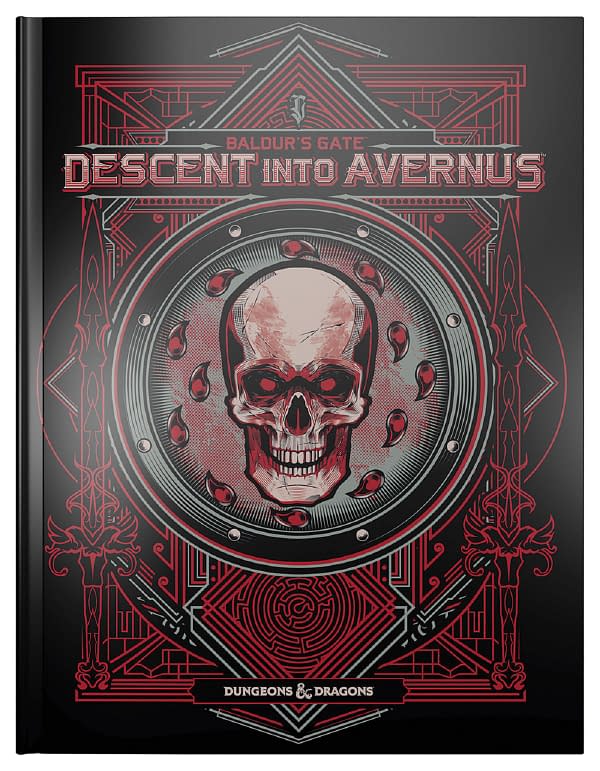Posted in: Dungeons & Dragons, Games, Review, Tabletop, Wizards of the Coast | Tagged: Baldur's Gate, Baldur's Gate: Descent Into Avernus, d&d, Descent Into Avernus, DnD, dungeons & dragons, dungeons and dragons, wizards of the coast
Review: Dungeons & Dragons – Baldur's Gate: Descent Into Avernus
There are very few places in Dungeons & Dragons lore that make players loathe their previous choices. The Nine Hells are probably at the top of the list. Oh sure, there's a pantheon of places people don't really want to go when it comes right down to it, because big dungeons and nasty dragons scare the hell out of a player. But in the most recent adventure module, Baldur's Gate: Descent Into Avernus, you are literally thrown onto the top layer of that nine-layer devil's food cake where everything is dangerous and wants to kill you. But how well does this adventure actually hold up? We took a moment or two to explore the vast reaches of the familiar and tormenting places you can go for a proper review.

When you look at the pantheon of books that are either published or related to D&D, few of them actually dive into the Nine Hells. And not because of Satanic Panic or any fear of people actually thinking the game is a guide to devil worship. There are obvious products like Guide To Hell, one of my favorites by TSR for AD&D, as well as Faces of Evil: The Fiends, and Fiendish Codex I & II. But for the most part, those have been resource books for what you can find in Hell, and minor adventures dealing with a quick trip to Hell. Descent Into Avernus is more of a full vacation to the top level of Hell, all expenses on you, as you now try to find a way out of here with other players who are stuck in the same unfortunate time-share experience you are in.
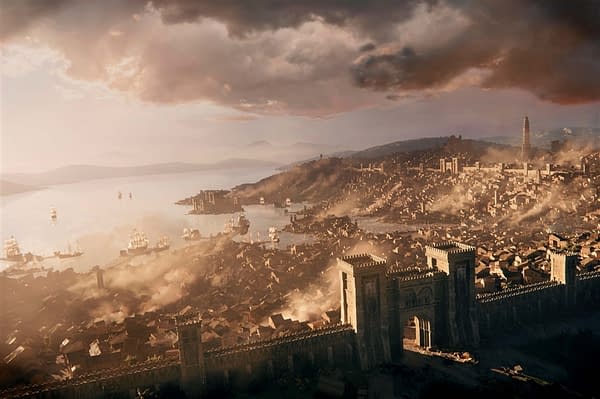
One of the really cool things about this particular adventure is that while it has the usual awesome cast of talent working on this adventure, a couple of names pop up in the credits that you need to consider. The first being Jim Zub, who has been working on several Dungeons & Dragons series with IDW since 2015. A lot of what he's penned has given new life to parts of the Forgotten Realms, especially Baldur's Gate, of which you have the pleasure of exploring early on. The other consultant for the story is Joe Manganiello, who if you're a fan of his work and you didn't know he was an obsessed D&D fan, you might want to look that up on Google for a sec. As we had the pleasure of discussing with him during D&D Live 2019, he is all about the darker side of the game, and seeing a lot of the underworld aspects make themselves known. Especially if it's about Tiamat. So to see these two come together on a single project and contribute content to it gave the D&D fan in me a certain level of satisfaction.
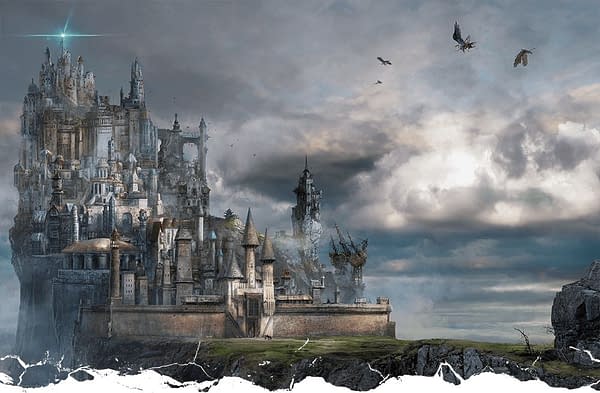
Keeping things about as spoiler-free as possible, this is a campaign designed for players Level 1-13. There will be plenty of events for you to level up and be put to the test without being killed off right away. About the only added materials you'll need for this particular adventure are the usual suspects: the Player's Handbook, the Monster Manual, and the Dungeons Master's Guide. You'll start in the fabled city of Baldur's Gate, home to a many campaign start as well as a mighty fine video game series. Here you will be thrown into the intriguing but unique city that seems to always be in some sort of danger, and your arrival is no different.
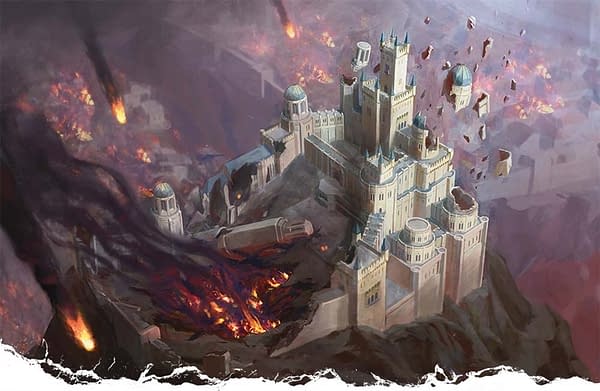
The first chapter of this book is just amazing as you go through familiar territory for anyone who knows of Baldur's Gate, including some faces you'll be happy to see still roaming around the city streets. This chapter, for players, is to acclimate them to the kind of campaign they're going to be dealing with before they get to Avernus and level them up before they truly have to deal with hell. For the DM, it is a perfect opportunity for you to set the groundwork for what lies ahead, as well as letting players know that even the safest-sounding locations aren't always what they're cracked up to be. There are many roads to go down, several threads that you can pluck and cut, and various chances for your players to become amazing before things go south. Literally.
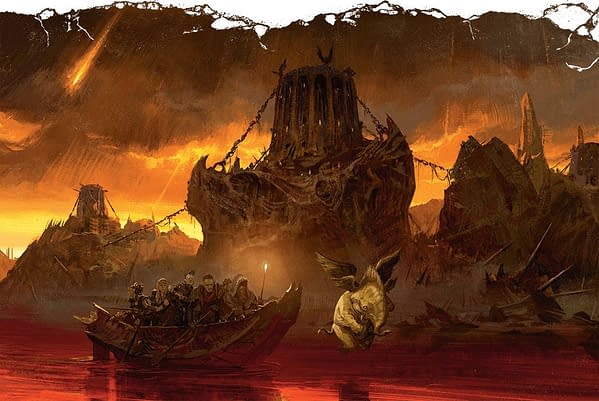
Chapter Two puts you in an interesting scenario that serves as a primer for what's to come. If Baldur's Gate was us laying down a base paint for the canvas that will be your campaign's portrait, this chapter serves to paint the sky. While we do make fun of the idea that you're being thrust into hell, the reality is that for some Dungeons & Dragons players who have never dealt with a campaign of this magnitude, it can be intimidating. So this chapter serves as a point for you to dip your toes into the evil and calamity that lay ahead before you actually have to deal with it.
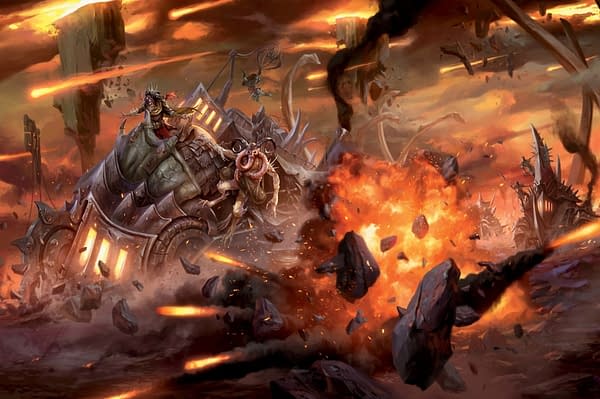
Chapter Three, however, makes absolutely no bones about it. You are in Avernus, welcome to it, and good luck getting out of it. I absolutely enjoyed this chapter because it showed that there is more to Avernus than just tortured souls, screaming in every direction, and the temperature being higher than you'd like. Most people see paintings and artwork, as we've been displaying in this review, and immediately have every thought of it just being a wasteland. But that's not the case, because if it were, Avernus would just be a waste of time where nothing could thrive. Leaving the other eight layers to be pointless. There are many sights to see and visit, though they may not be as friendly as Baldur's Gate, they certainly can bring about awesome encounters.
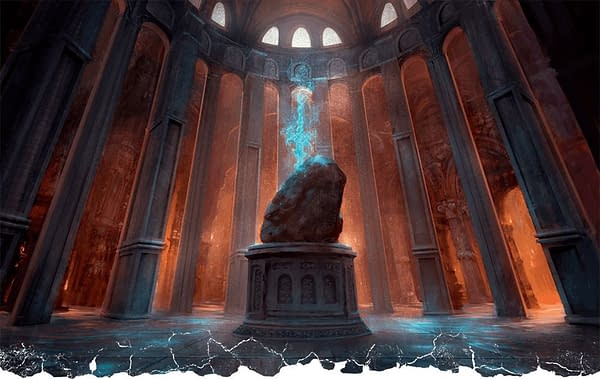
A good chunk of the story from this point forward deals with Zariel, the archdevil you see ont he front cover of Descent Into Avernus. A fallen angel tasked with keeping track of the Blood War happening on Avernus, until she became obsessed with the feud herself and eventually became consumed with it. Eventually leading to her becoming involved and eventually falling to those she originally was tasked with observing. Now she rules over the area and turned it into the wasteland it has now become. Part of you eventually escaping this plane od existence is finding the Sword of Zariel, which is no easy feat but it certainly is a mighty fine challenge for people of a certain level.

A lot of what remains beyond Chapter Three gets very heavy into spoiler territory. So we'll just sum it up with the fact that you're going to be going through a lot of awesome adventures that will eventually chill you to the bone. There are plenty of creatures both big and small that will make your blood curdle at the mere thought of what's to come. There are plenty of options for a DM to take the players on a journey that can be enlightening and make them feel powerful, as if they can take on anything. But there are just as many options to send them down a hellscape of torture, misfortune, lost chances, and the realization that maybe… just maybe… they may never get out.
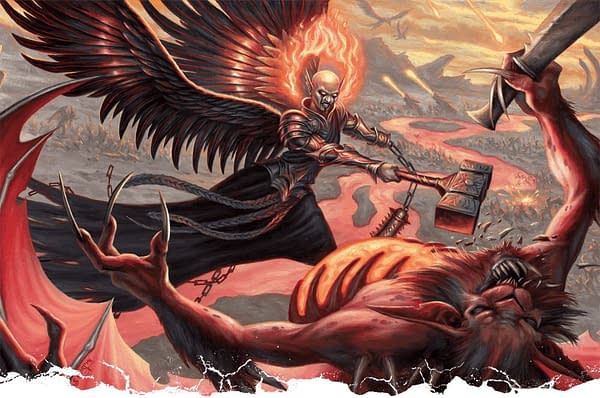
Overall, I really enjoyed my time playing Baldur's Gate: Descent Into Avernus. There's a lot to work with here if you're a DM who likes to send people through the wringer. Not a spiteful DM, mind you. If that's your jam, if the only pleasure you get out of the game is making your players miserable, this is NOT for you. This is meant to challenge the players and put them in a scenario they normally don't get to see on the regular plane of existence in the world of Dungeons & Dragons. With enough detail and guides and encounters to keep your campaign busy for months on end. But it is not an open invitation to make the game so miserable and distasteful that you turn people off from playing. And that's what makes this book a winner to me, because of the inclusion of the Baldur's Gate content and the objectives based both in the story and in the game make it a proper challenge. It just happens to be laced with demons and lost souls.
I highly recommend it for people looking for something just a little different than hunting down treasure or looking for random boss encounters. Also for people who want a rich and in-depth story they can dig their nails into and see all the way to the end. This was very well done and I applaud the effort to bring Hell back to D&D, properly.
